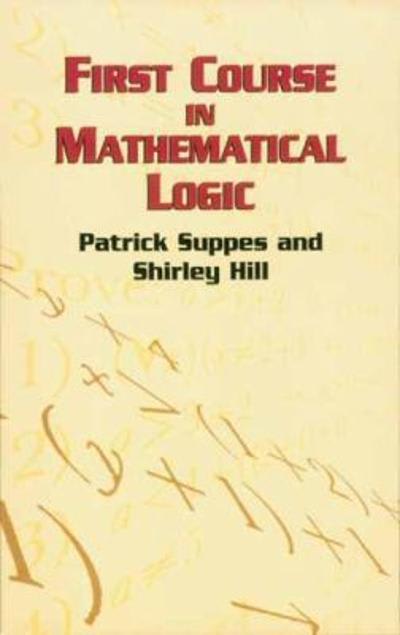Answered step by step
Verified Expert Solution
Question
1 Approved Answer
Example 1.10 (Pairwise Independent Events That Are Not Independent) Let a ball be drawn from an urn containing four balls, numbered 1, 2, 3, 4.
Example 1.10 (Pairwise Independent Events That Are Not Independent) Let a ball be drawn from an urn containing four balls, numbered 1, 2, 3, 4. Let E = {1, 2}, F = {1, 3}, G = {1, 4}. If all four outcomes are assumed equally likely, then
P(EF) = P(E)P(F) = 1/4 , P(EG) = P(E)P(G) = 1/4 , P(FG) = P(F)P(G) = 1/4
I don't understand here: why is P(EF)= 1/4?
Step by Step Solution
There are 3 Steps involved in it
Step: 1

Get Instant Access to Expert-Tailored Solutions
See step-by-step solutions with expert insights and AI powered tools for academic success
Step: 2

Step: 3

Ace Your Homework with AI
Get the answers you need in no time with our AI-driven, step-by-step assistance
Get Started


